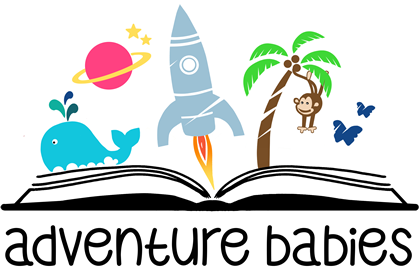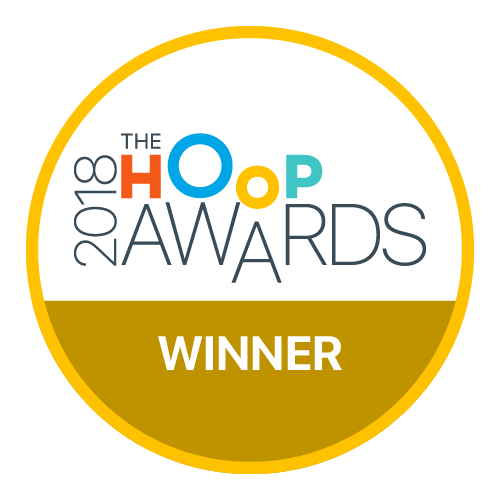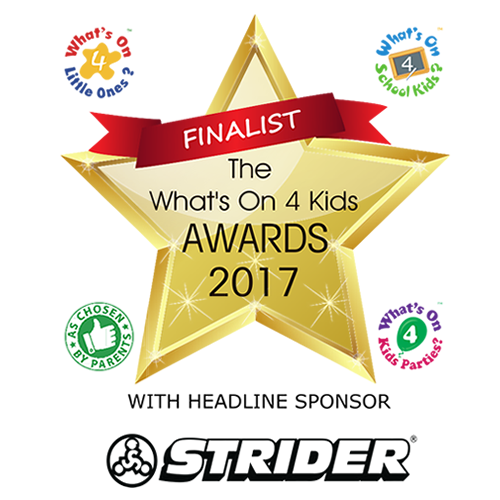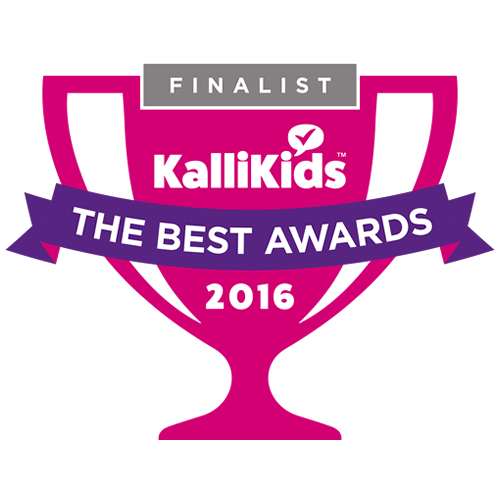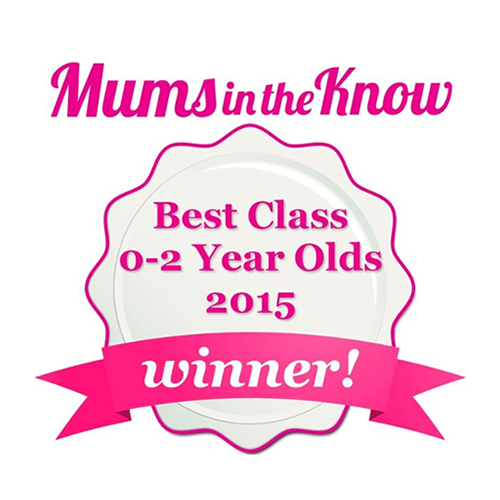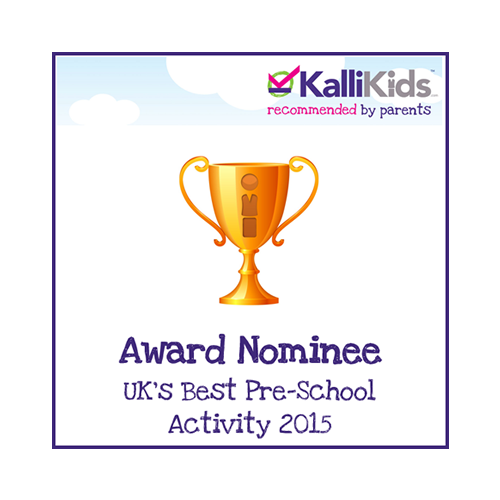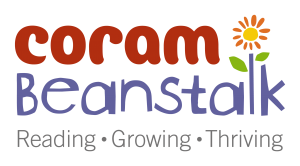From Babble to Brilliant: How Stories Spark Language Skills Before Baby Says a Word
Baby language development might sound like something that happens when your little one finally says their first “mama” or “dada” — but actually, the magic starts way earlier. Like, newborn snuggled-on-your-chest earlier.
Before they speak, babies are soaking up the sounds, patterns, and rhythms of the language around them. And one of the most powerful tools to help that along? Stories. Especially the sing-songy, repetitive, rhyming kind.
What’s Happening in That Tiny Brain?
Even when your baby’s only response is a wide-eyed stare or a gummy grin, their brain is working hard behind the scenes. From birth, babies can distinguish between different sounds in speech, and by around 6–8 months, they’re already starting to tune in to the specific sounds of your native language.
Reading stories, singing rhymes, and chatting to your baby all feed into this natural process of baby language development. Every time you read a story with rhythm, repetition, or rhyme, you’re helping your baby:
-
Recognise patterns in speech
-
Develop listening and memory skills
-
Strengthen the brain pathways they’ll use for future talking
Even if they’re still a way off from saying real words, their brains are laying the groundwork now.
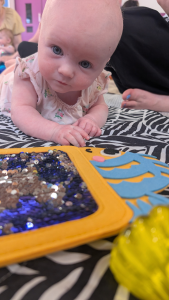
Baby Language Development Starts With Stories
Ever wondered why Dear Zoo, Each Peach Pear Plum, or That’s Not My… books are so popular? It’s not just because they’re cute (though they are). It’s because they’re loaded with exactly the kind of language that builds early communication skills.
-
Rhythm helps babies anticipate what comes next in a sentence
-
Rhyme makes words easier to remember
-
Repetition strengthens neural connections
At Adventure Babies, our sessions are full of carefully chosen stories that include these golden ingredients. And we match the words with sensory experiences and movement, so your baby learns through their whole body—not just their ears.

But… My Baby Just Chews the Book?
Yes. That counts too. (Welcome to the early stages of literacy!)
Baby language development doesn’t look like a spelling test or a tidy worksheet—it looks like wriggling, squealing, babbling, turning pages, and yes, sometimes gnawing on them. If your baby is engaged, you’re doing it right.
They’re learning how books work. They’re learning that you love spending time talking to them. And that makes them want to join in.
Storytime at Home: A Few Tips
Not sure where to start? Keep it simple:
-
Pick books you enjoy — your baby will love hearing your voice, especially when it’s full of expression.
-
Use funny voices and animal sounds — sillier is better.
-
Sing nursery rhymes — even a quick verse of “Row Row Row Your Boat” builds language.
-
Follow their lead — if they’re reaching for a book or babbling at a page, that’s a great cue to dive in.
Want a Shortcut to All This Goodness?
That’s where we come in. At Adventure Babies, we design every session to support all-round baby development, including that precious baby language development. Our stories are carefully chosen, our sensory play is purposeful, and our babies? They’re the wriggliest, happiest little learners you’ll meet.
Come and join us—we’ll be babbling, bouncing, and building brilliant brains one book at a time.

